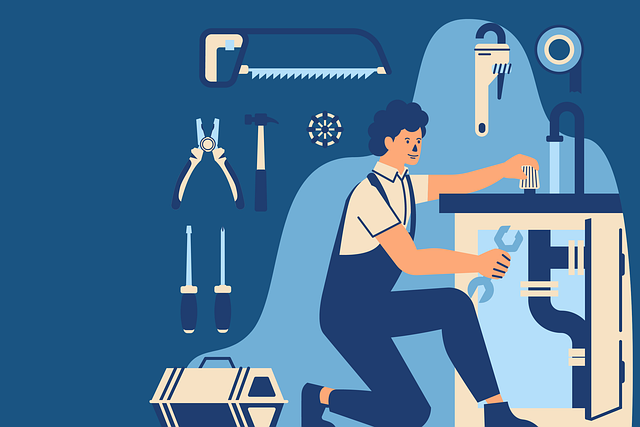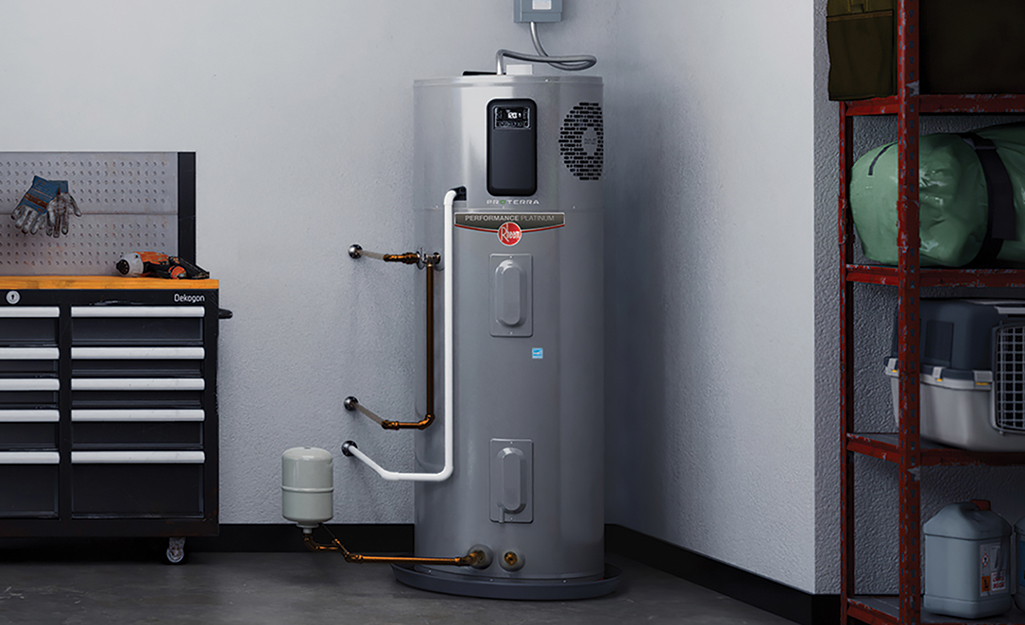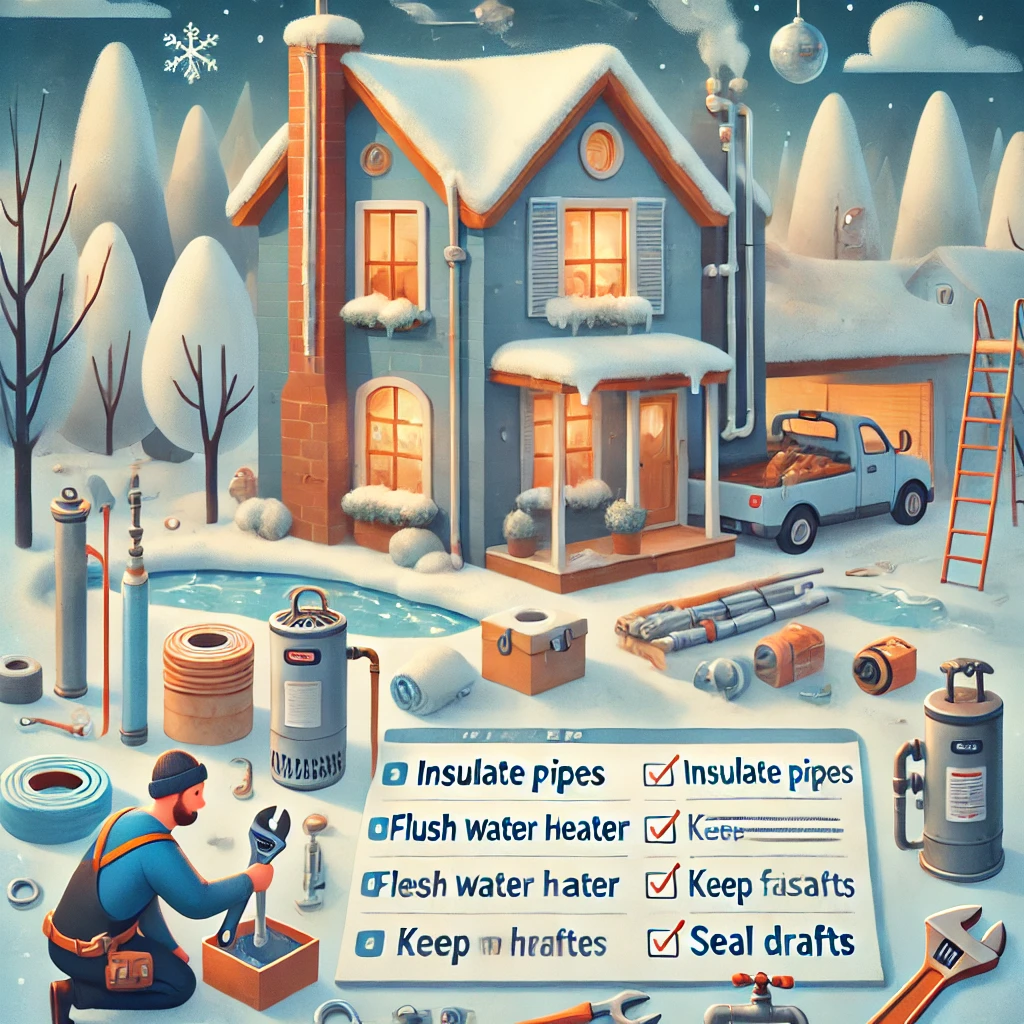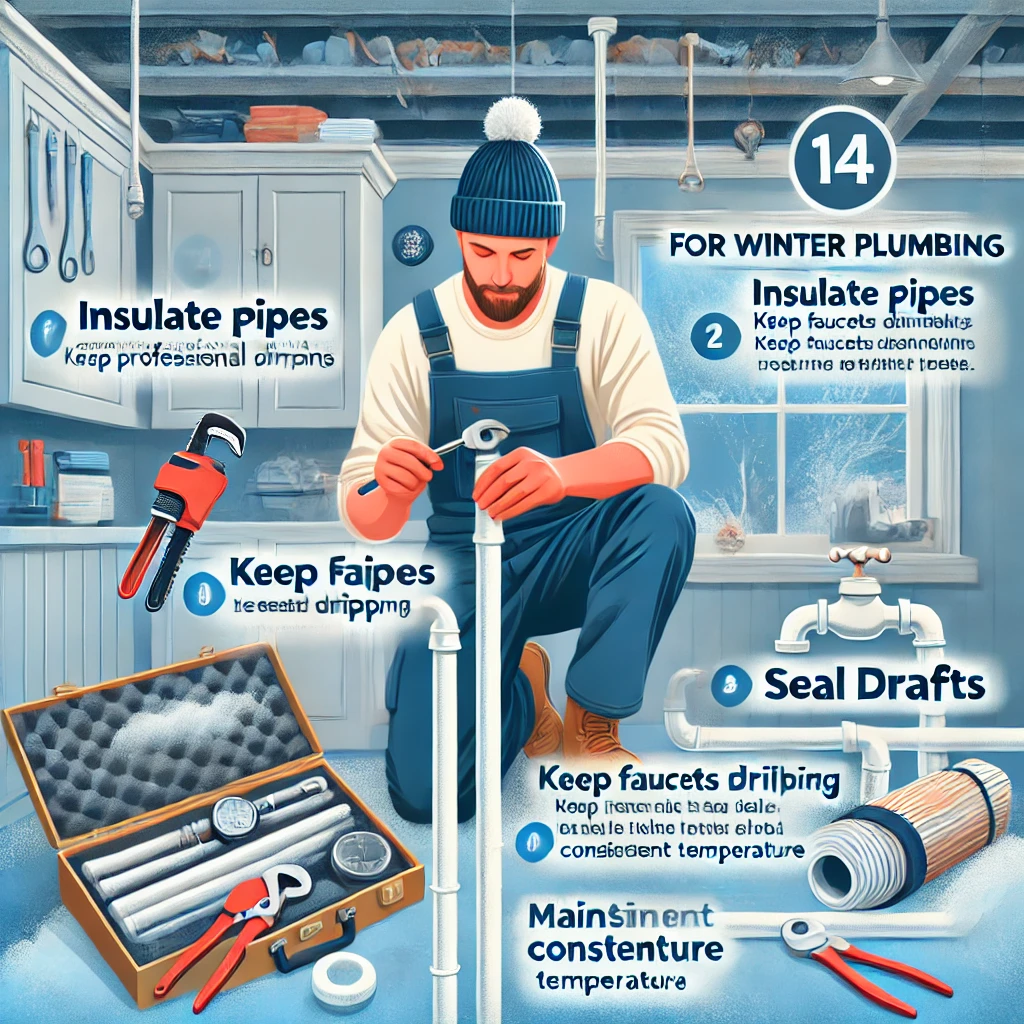
Bathroom plumbing, while often overlooked, is a complex system that requires careful planning and installation. From the simple task of turning on a faucet to the intricate workings of a modern toilet, understanding the basic components and principles of bathroom plumbing can help you maintain your home’s plumbing system and troubleshoot common issues.
Key Components of Bathroom Plumbing
- Water Supply:
- Main Water Supply Line: This is the primary source of water for your home.
- Water Meter: Measures water usage.
- Water Shut-off Valve: Controls the flow of water to your bathroom.
- Water Supply Pipes: Typically made of copper or PEX, they deliver water to fixtures like sinks, toilets, and showers.
- Water Fixtures:
- Faucets: Control the flow of water to sinks, tubs, and showers.
- Showers: Include showerheads, valves, and pipes.
- Tubs: Consist of a tub spout, faucet, and drain.
- Toilets: Use water to flush waste.
- Drainage System:
- Drains: Remove wastewater from sinks, tubs, and showers.
- P-Trap: Prevents sewer gases from entering your home.
- Drainpipes: Carry wastewater to the main sewer line.
- Sewer Line: Transports wastewater to a municipal sewer system or septic tank.
Common Bathroom Plumbing Issues and Solutions
- Clogged Drains:
- Solution: Use a plunger or a plumbing snake to clear the clog. For stubborn clogs, you may need to use a chemical drain cleaner or call a plumber.
- Leaky Faucets:
- Solution: Repair or replace worn-out washers or O-rings.
- Running Toilets:
- Solution: Adjust the flapper or chain inside the tank. If the issue persists, you may need to replace the flapper or the entire tank.
- Low Water Pressure:
- Solution: Check for mineral buildup in the faucet aerator or showerhead. Clean or replace them as needed. If the problem is more widespread, there may be an issue with the main water supply line or a faulty water pressure regulator.
- Sewer Gas Odors:
- Solution: Check the P-trap for water. If it’s dry, pour water into the drain to fill the trap. If the odor persists, there may be a leak in the sewer line.
Tips for Maintaining Your Bathroom Plumbing
- Regular Inspection: Visually inspect your bathroom plumbing for signs of leaks, corrosion, or damage.
- Avoid Harsh Chemicals: Excessive use of harsh chemicals can damage pipes and fixtures.
- Fix Leaks Promptly: Small leaks can lead to significant water waste and potential damage.
- Clear Drains Regularly: Use a drain cover to prevent hair and other debris from clogging drains.
- Professional Maintenance: Schedule regular plumbing inspections and maintenance to ensure optimal performance.
By understanding the basics of bathroom plumbing and following these maintenance tips, you can help keep your bathroom functioning smoothly and efficiently. If you encounter complex plumbing issues, it’s always best to consult a licensed plumber.






Leave a Reply